The Polish Cipher Office & the Miracle on the Vistula

In late December 1932 Polish mathematician Marian Rejewski, working with pencil, paper and advanced mathematical theory, broke the Germans’ “unbreakable” Enigma code. One of the most closely guarded prewar secrets was the fact that Polish Intelligence was reading the Germans’ encrypted communications for nearly seven years before the outbreak of World War II in September 1939.
Twenty-three years earlier, in 1919 during the Polish–Bolshevik War that followed World War I, an earlier generation of Polish mathematicians was similarly successful in breaking the Bolshevik Russian codes. Access to encrypted communications of their enemy helped the fledgling Polish nation defeat the Bolshevik Russians.
One of the turning points of that war occurred during the Battle of Warsaw in August 1920—also known as the Miracle on the Vistula, on August 15, 1920 the ragtag Polish 5th Army commanded by General Władysław Sikorski was able to stop the Bolshevik forces practically at the gates of Warsaw, and then chase them eastward back toward Russia.
The Warfare History Network has an interesting article on the role of the Polish Cipher Office in the Polish-Bolshevik war—below are some excerpts:
The Cipher Section of the Polish Army was put together by Lieutenant Jozef S. Stanslicki. The section set up shop in a small room in the Saxon Palace [in Warsaw] that also served as the headquarters for the General Staff. Soon the unit was renamed the Cipher Office and placed under the supervision of the General Staff. The Cipher Office was tasked with the responsibility of securing Polish military and government communications and breaking the ciphers and codes in Russian and German messages. The second part of the Cipher Office mandate was soon accomplished by Lieutenant Jan Kowalewski whose expertise in the Russian language allowed him to decrypt the codes employed by the Soviets. As a follow-up to his success, Kowalewski set up a radio intercept and deciphering unit within the Cipher Office in August 1919.
The lieutenant, himself a gifted technology institute graduate, made sure that only the most capable people filled the ranks of the cryptology department. Brilliant mathematicians such as Stefan Mazurkiewicz, Waclaw Sierpinski, and Stanislaw Lesniewski were among those brought on board….
During the crucial month of August, the unit decrypted 410 enemy signals, including ones to and from Marshal Mikhail Tukhachevsky, commander of the Western Front; Leon Trotsky, Soviet commissar for war; and all the individual Russian Army commanders facing Poland. The decoded messages allowed the Polish Army to follow with exact precision the enemy forces arrayed against them….
The “Miracle on the Vistula” kept the Polish nation free for the next 19 years. That outcome was due to the fighting spirit and quality of the Polish Army, but it was made possible in large part by the professionalism and tireless work of the Cipher Office. Such outstanding capability made possible the Poles’ stunning success in discovering the workings of the German armed forces’ top-secret Enigma machine in late 1932. Like its effects on the outcome of the Battle of Warsaw 12 years earlier, the breaking of the Enigma code would provide another miracle weapon to help the Allies destroy another totalitarian regime’s quest for world domination a decade later.
Click here to read the entire article on the Warfare History Network.
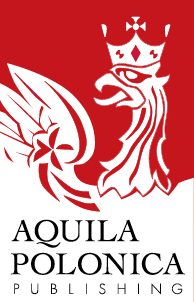
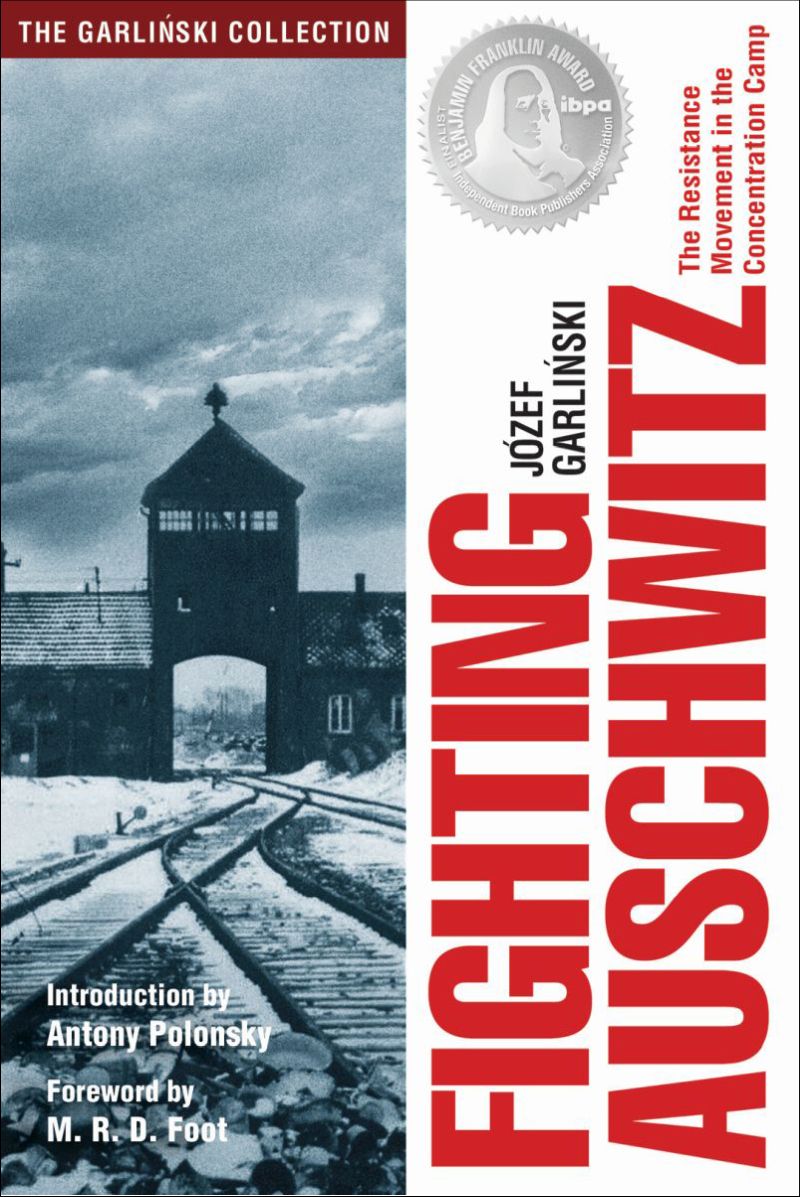
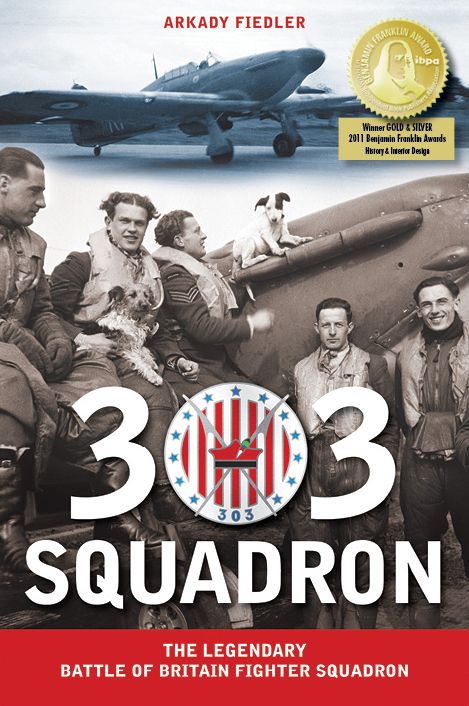
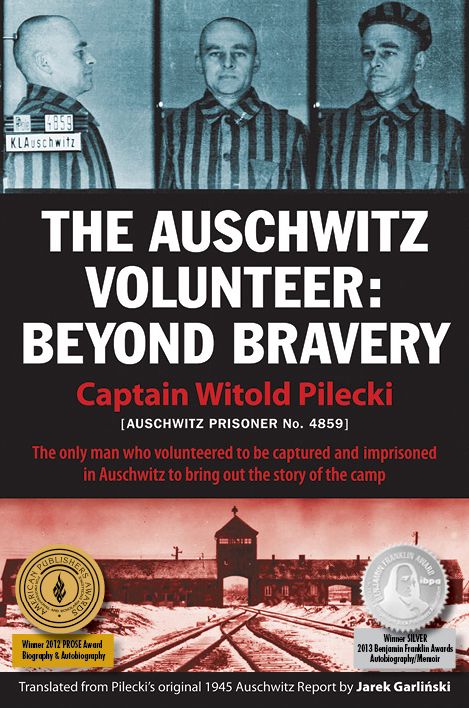
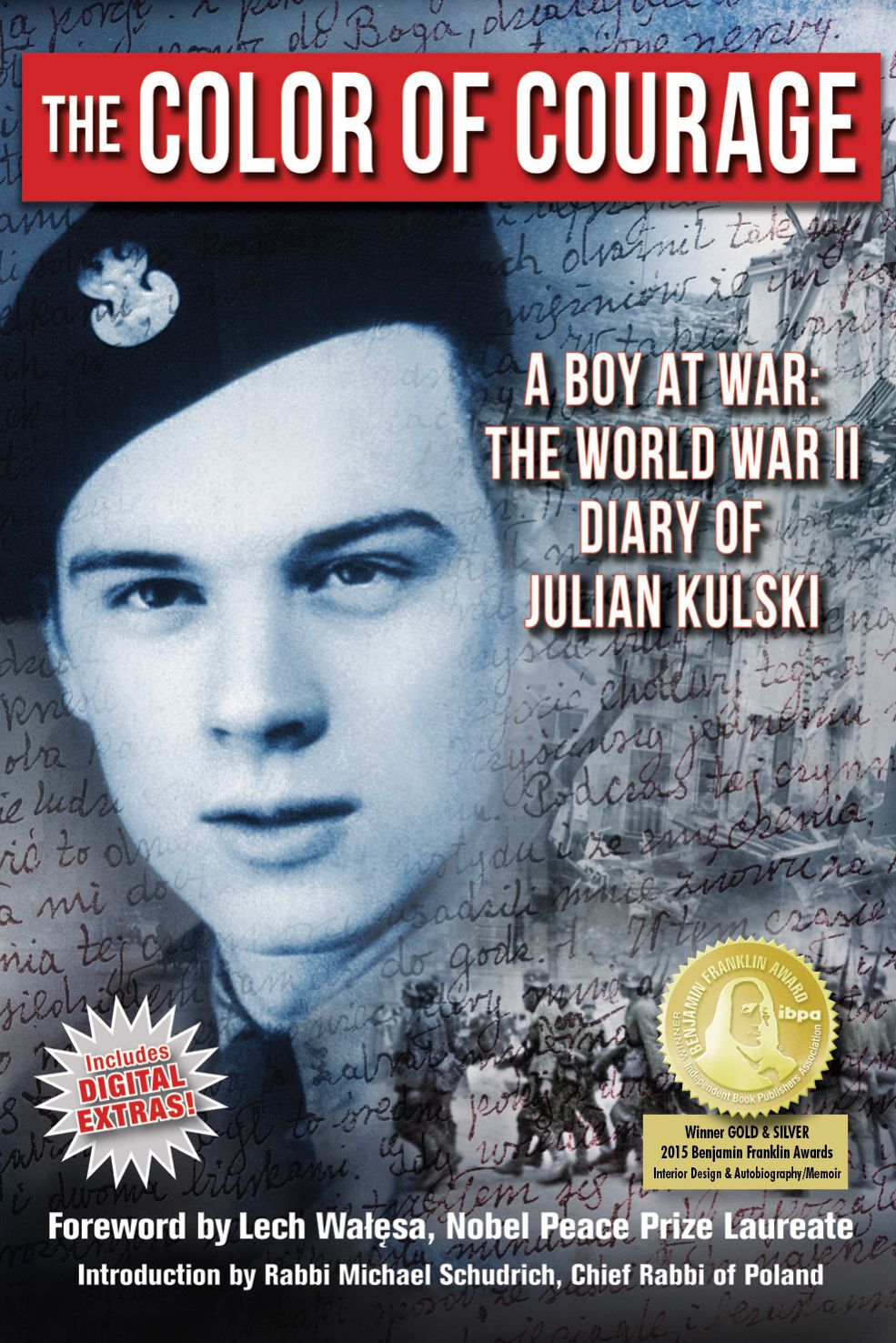

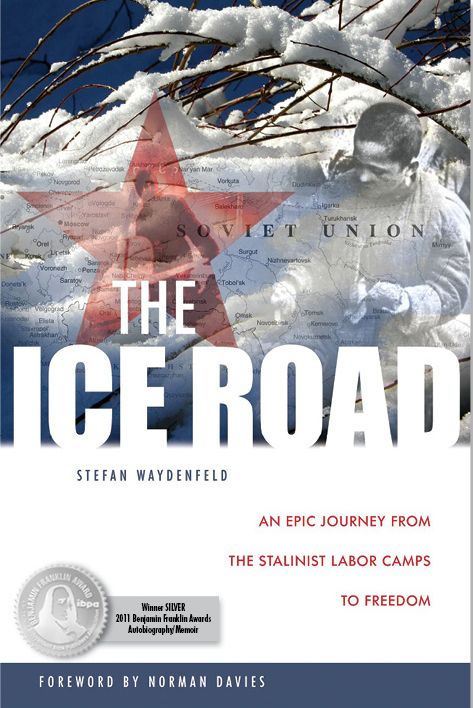
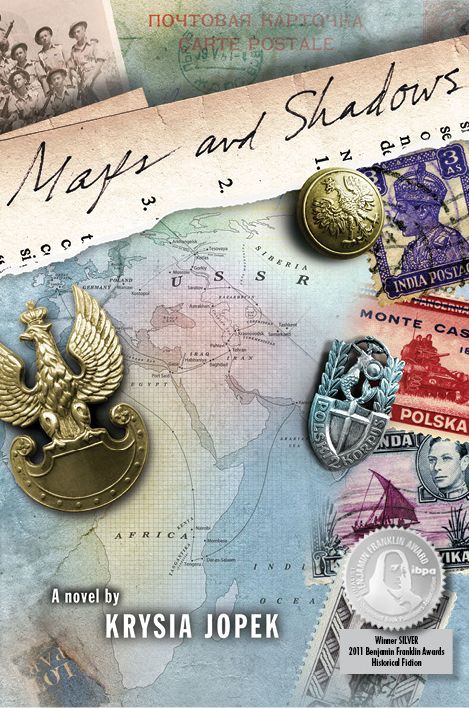
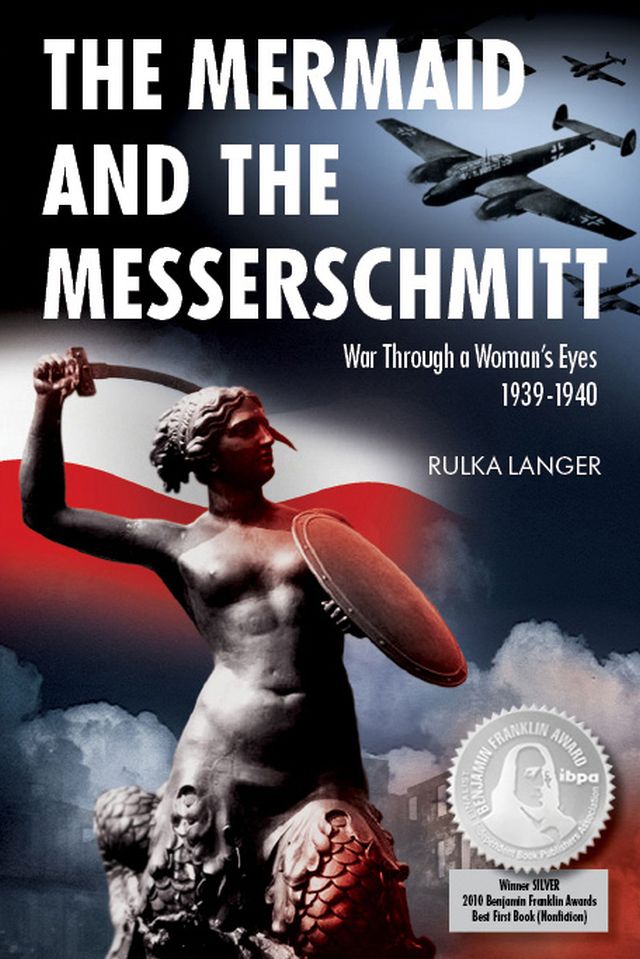
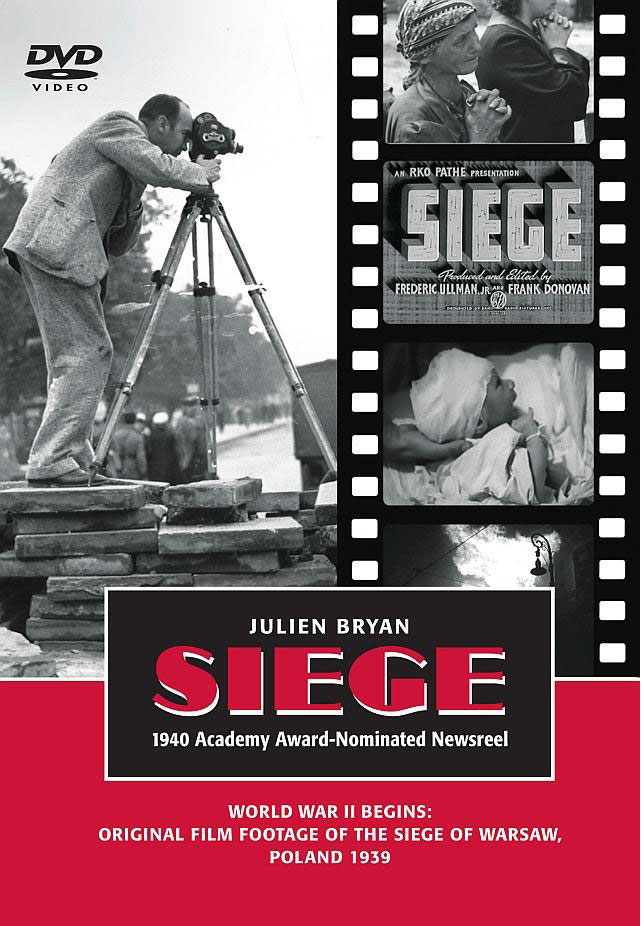
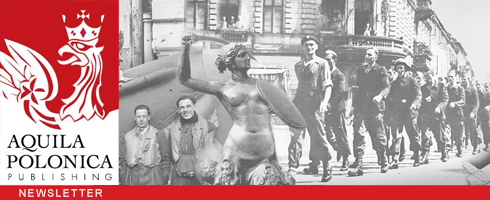
No comment yet, add your voice below!